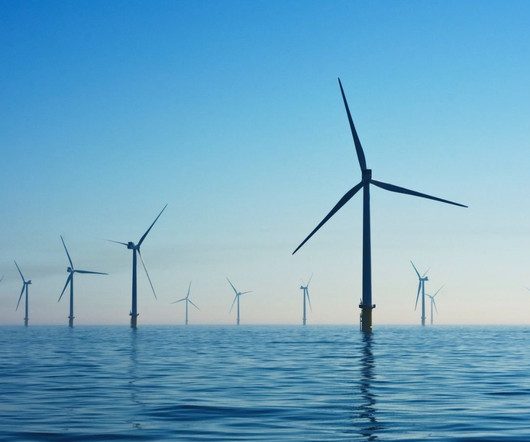Realizing Maine’s Tremendous Offshore Wind Potential
Union of Concerned Scientists
MAY 18, 2023
While floating offshore wind is more challenging to develop than fixed-bottom projects, the Gulf of Maine has the highest, most consistent wind speeds on the East Coast. NREL and DNV expect floating offshore wind costs to dip to $60 to $80/MWh by 2030 and $45 to $50/MWh by 2035.












Let's personalize your content